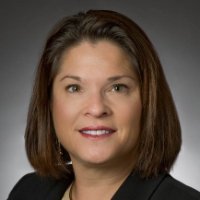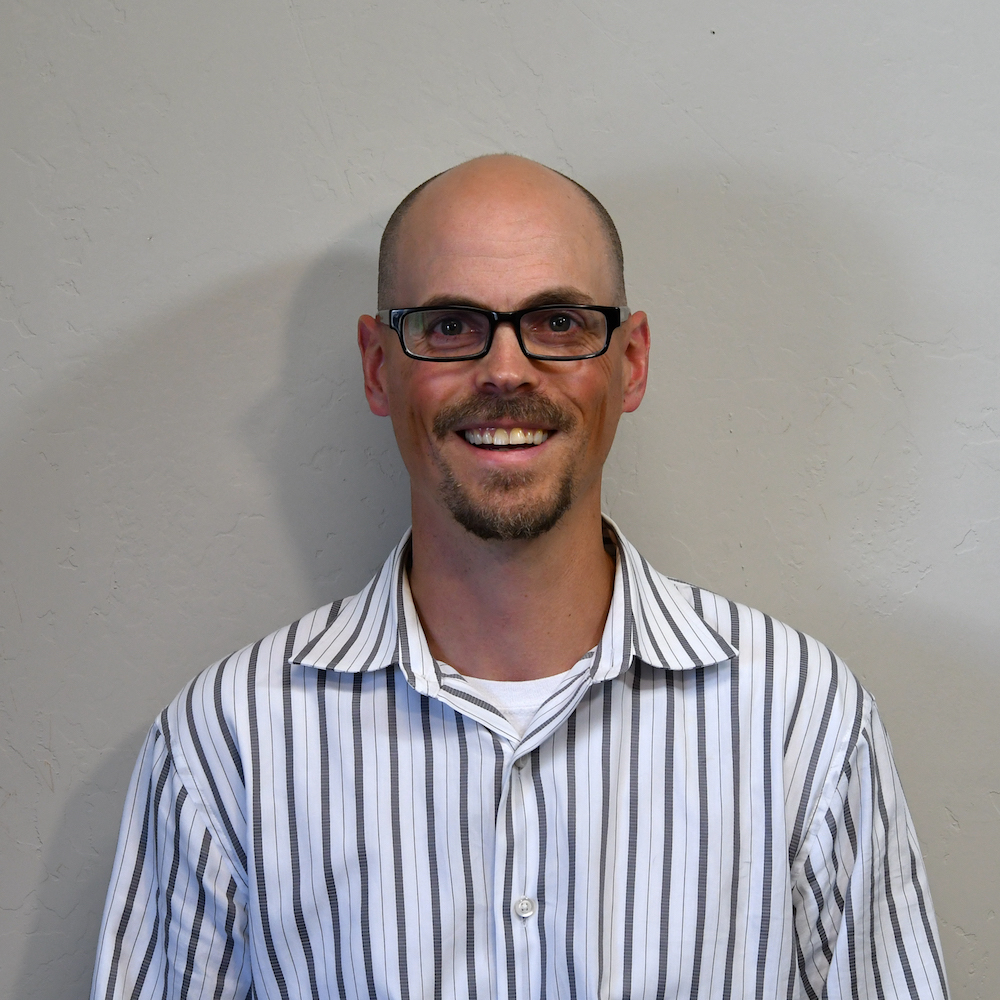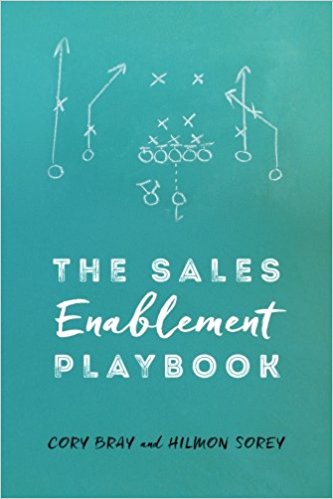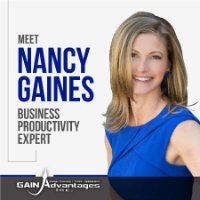
If you are trying to figure out what to do next when it comes to starting new business and getting doors opened with high level decision makers. This show is for you. My guest today is Caryn Kopp of Kopp Consulting. Caryn’s business is all about opening doors and meeting with the right decision makers. … Read more
Episode 79: Meeting Sales Challenges – Andy Zehren
Whatever role you play in a sales position, there are a lot of moving parts and specific challenges involved with your unique role. Today, I talk to an account executive who has held many roles in the sales cycle and is passionate about making life for salespeople easier. We talk about his vast knowledge and … Read more
Episode 78: The Ingredients of Personalized Engagement – Kristina McMillan
The current trend with sales teams is moving away from generic messages and the batch and blast approach. The method that everyone’s talking about and trying to focus on now is personalization. Customized methods can be incredibly difficult for an SDR to create. My guest today is an expert at personalization for sales teams and … Read more
Episode 77: Sales Enablement – Cory Bray and Hilmon Sorey
There are a lot of definitions of sales enablement. What is it? How do we do it? Why does it matter? Having a process and mindset that extends across an entire organization can help enable salespeople to be successful. Still, it would help to have a clear plan and goal to get the most impact … Read more
Episode 75: Using Video to Start Outreach Conversations – Fernando Silva
Starting a conversation is the first step in the sales process, and it is also a step that most salespeople would like to be more successful at. There are a lot of channels that can be used to start that all important first conversation, but today we are going to discuss an emerging channel that … Read more
Episode 74: Methods and Models for Productivity – Nancy Gaines
Every business from solo entrepreneurs to small business owners and people working within larger businesses need systems to create consistency, make the work easier, and achieve better results. Today, I speak with Nancy Gaines the CEO and Founder of Gain Advantages on systems and the process of creating systems to free up time and money … Read more
